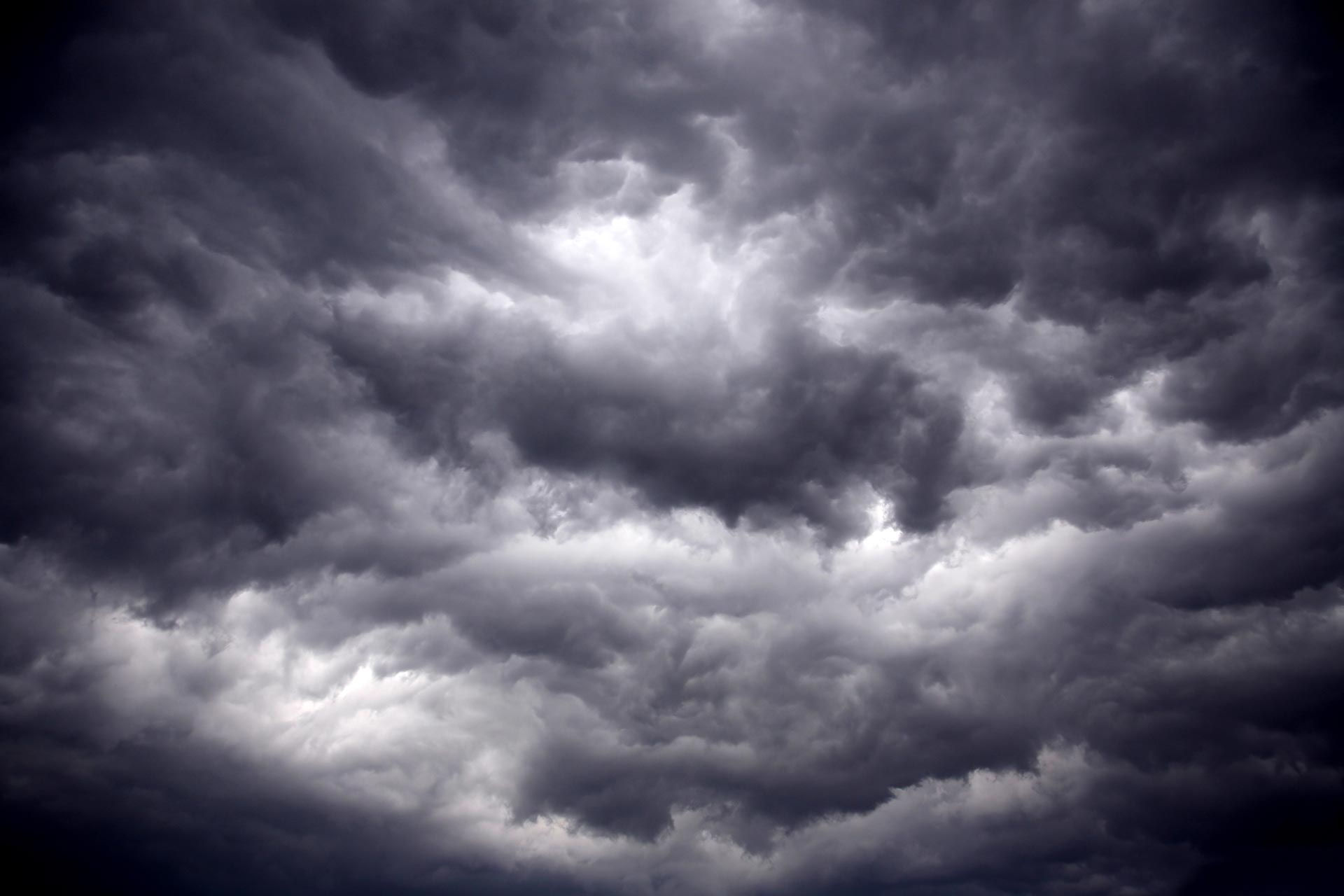
Tropical Cyclones
You've seen the news reports of a storm brewing out in the ocean, but haven't paid much attention to it. The storm paths project it to pass far to the east of you, so you should have nothing to worry about. The next morning you wake up to find that the path has changed and now you are directly in the storm's path, and it is getting stronger by the hour.
What do you do?
A tropical cyclone is a storm anywhere from the level of Tropical Depression all the way up to a Category 5 Hurricane. These storms can cause flash flooding, uproot trees, rip the roofs from buildings and homes, and send debris flying due to the high winds.
Here are some things you can do to prepare for this situation:
-
Put together a "Go Bag." This bag should contain anything you might need to survive on your own for at least 7 days. Included within the bag should be non-perishable food, drinking water, an emergency battery-powered or hand-crank weather radio, first aid kit, a local map, a flashlight, batteries, and more. For more information on building a bag, click here.
-
Have a plan. Know your evacuation routes and where you will go if you are told to evacuate. Know that during mass evacuations, hotels are often filled to capacity immediately. You may have to find a shelter in another city or stay with a family member or friend.
-
FEMA Flood Map Service Center: Search By Address: https://msc.fema.gov/portal/search. This tool shows if your home is in a flood zone!
-
-
If you are not in an evacuation area, you may still be severely affected. You may experience power outages, structural damage to your home, and severe weather. Plan for these by reinforcing your home ahead of time. For more information on different ways, you can prepare your home for hurricane-force winds, click here.
-
Watch the news. The event will be heavily covered by the news, radio, and other media outlets. Important information will be distributed this way.
-
For more safety tips about tropical cyclones, visit Ready.gov's Hurricanes Page
Additional Resources:
-
How to Drive Safely Before, During and After a Hurricane Disaster?
-
Hurricane Recovery: Getting the Most from Your Homeowners Insurance
